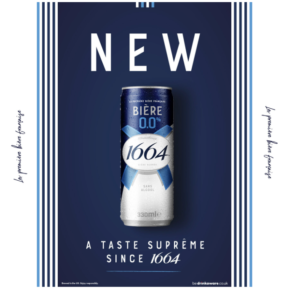NEW IMAGES REVEAL WHAT GLASTONBURY LOOKS LIKE IF YOU’RE COLOUR-BLIND

In the UK there are approximately 3 million people with colour vision deficiency, affecting their ability to see certain colours.
Wellies will be dusted off, rain ponchos packed and tents purchased as festival-goers begin preparing for Glastonbury at the end of the month.
While the prospect of facing a sea of tents is daunting for anyone at the end of a busy day of stomping through the fields, for some it may be nearly impossible to find their tent no matter the time of day.
Eye health experts at Feel Good Contacts have visualised what Glastonbury will look like for colour-blind festival goers.
Here’s what the same shot looks like for those that have protanopia. That’s the inability to process red light, and best evidenced in this image by flags appearing more yellow and blue than the original pink and red hues.
Now here’s the same image through the eyes of someone with deuteranopia — the absence of photoreceptors capable of processing green light. Everything here seems to take on a more muted hue.
And here’s that same image again, through tritanopia — the inability to process blue light. It’s a rare form of colour blindness, which confuses light blues with greys, dark purples with black, mid-greens with blues, and oranges with reds. Now that the pink hue has become exacerbated, the flag’s red hues are more prominent.
Similarly, here’s what the Glastonbury campsites would look like with each colour blindness variant.
Protanopia
Deuteranopia
Tritanopia
Tina Patel, contact lens optician at Feel Good Contacts explains the effects and how you could be diagnosed with colour blindness:
“Colour blindness can be diagnosed using colour vision tests such as the Ishihara test and the colour arrangement test. During an eye test your optometrist should test your colour vision as a matter of routine, but not all opticians in the UK do this test routinely, you may have to request a colour vision test specifically and sometimes even pay for this as an addition to your test.
“The Ishihara test will require the participant to read the numbers on an image made up of coloured dots.
“Colour blindness is largely hereditary; however, it can also develop from illness, medication, eye-related accidents and eye conditions such as age-related macular degeneration. The condition is passed from parent to child via the X chromosome, which is why it largely affects men much more so than women. Colour blindness affects 1 in 12 men and 1 in 200 women worldwide.”
Tips for navigating Glastonbury with a colour vision deficiency
Buy a blue or patterned tent
For those who find it difficult to see colour on the red-green-yellow spectrum, opt for purchasing a blue tent to limit any confusion. Opting for a patterned fabric can also be a handy solution to avoid getting overwhelmed by the potential sea of similar-looking tents across the fields.
Get creative with flags and lights to help find your tent
Glastonbury is famous for its banners and flags which are great for decoration but can also be used to find tents, making that walk home a little easier.
Use a tent finder app or what3words
There are a variety of apps available now which can locate a tent during the festival. Tent Finder allows individuals to save their location on a smart watch or phone, while what3words has divided the world into 3m squares and given each square a unique combination of three words, helping festival attendees to find a tent location, the nearest toilet or friends in the crowd.




